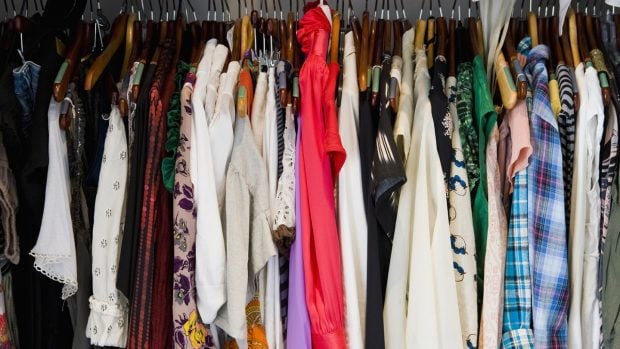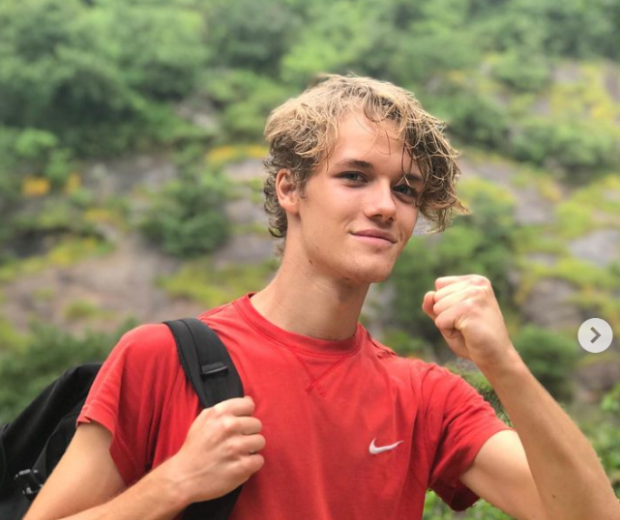The Red Cross and Red Crescent Movement has been supporting people through conflicts, disasters and emergencies for more than 150 years. Read on to discover 10 inspiring facts about one of the world’s leading humanitarian organisations
The Red Cross and Red Crescent Movement started with the creation of the International Committee of the Red Cross (ICRC) in 1863, in response to the terrible human toll of the revolutionary conflicts raging in Europe in the second half of the 19th century. Seven years later the British Red Cross was established. Today, the Movement is active in 191 countries and has been a constant and reassuring presence at some of the world’s most harrowing events: from being among the first to provide humanitarian support after the liberation of the Bergen-Belsen concentration camp in 1945, to providing vital assistance to those affected by last year’s devastating earthquakes in Morocco, Turkey and Syria. You may know some of these facts, but did you know …
1 The Red Cross’s ‘red cross’ is not a logo
Even though it is one of the most recognisable pieces of graphic design in the world, the red cross emblem is not just some clever bit of branding: it is a symbol of protection in armed conflict, the use of which is restricted by international law. The Red Cross’s guiding principles of neutrality and impartiality mean that it does not take sides and is here for anyone and everyone who needs help, regardless of religion, political affiliation or nationality or anything else.
2 It’s the UK’s leading refugee support organisation
The British Red Cross is the largest independent provider of refugee support in the UK. In the last 12 months, the British Red Cross supported more than 40,000 refugees and people seeking asylum in the UK. ForFrom people who fled Afghanistan in 2021, to those affected by the crisis in Ukraine, the British Red Cross offers a variety of support including providing essential clothing and baby supplies to assisting people with visa applications, casework and translation.

:format(jpeg):quality(80)/wp-content/uploads/2024/09/poli-iasi-universitatea-craiova-superliga-superbet-15092024-2-scaled.jpg)
:format(jpeg):quality(80)/wp-content/uploads/2024/09/hepta6436749-scaled.jpg)
:format(jpeg):quality(80)/wp-content/uploads/2024/09/iakutsk-cel-mai-rece-oras-din-lume.jpg)
:format(jpeg):quality(80)/wp-content/uploads/2024/09/simion-1.jpg)
:format(jpeg):quality(80)/wp-content/uploads/2024/09/ferma-dacilor-3.jpg)



:format(jpeg):quality(80)/wp-content/uploads/2024/09/de-ce-boala-crunta-suferea-gigi-multescu-dezvaluirea-lui-sorin-cartu.jpg)
:format(jpeg):quality(80)/wp-content/uploads/2024/09/cezar-oatu.jpg)
:format(jpeg):quality(80)/wp-content/uploads/2024/09/encefalomielita-mialgica-simptome.jpg)
:format(jpeg):quality(80)/wp-content/uploads/2024/09/politia-1.jpg)
:format(jpeg):quality(80)/wp-content/uploads/2024/09/rapid-bucuresti-universitatea-cluj-superliga-superbet-160920241-scaled.jpg)
:format(jpeg):quality(80)/wp-content/uploads/2024/09/u-craiova-surpriza-mare-de-tot-adrian-mutu-andrei-vochin-cauzele-decaderii-oltenilor.jpg)



:format(jpeg):quality(80)/wp-content/uploads/2024/09/interdictie-telefoane.jpg)

:format(jpeg):quality(80)/wp-content/uploads/2024/09/adrian-mutu-gigi-becali.jpg)
:format(jpeg):quality(80)/wp-content/uploads/2024/09/fechet-inundatii.jpg)

:format(jpeg):quality(80)/wp-content/uploads/2024/09/ploaie-de-diamante-venus-uranus.jpg)

:format(jpeg):quality(80)/wp-content/uploads/2024/09/i-am-subordonat-80-minute-nelutu-varga-atac-la-fcsb-dupa-derby-ul-cu-cfr-cluj-2-2.jpg)




